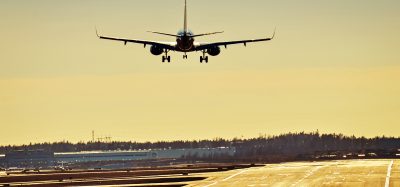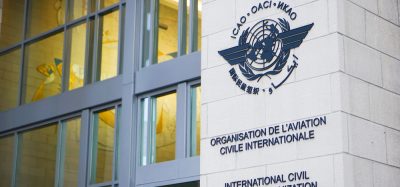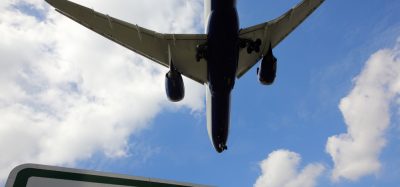Munich Airport’s crew of 179 works with state-of-the-art equipment to help airlines stay on schedule
- Like
- Digg
- Del
- Tumblr
- VKontakte
- Buffer
- Love This
- Odnoklassniki
- Meneame
- Blogger
- Amazon
- Yahoo Mail
- Gmail
- AOL
- Newsvine
- HackerNews
- Evernote
- MySpace
- Mail.ru
- Viadeo
- Line
- Comments
- Yummly
- SMS
- Viber
- Telegram
- Subscribe
- Skype
- Facebook Messenger
- Kakao
- LiveJournal
- Yammer
- Edgar
- Fintel
- Mix
- Instapaper
- Copy Link
Posted: 25 January 2016 | Munich Airport | No comments yet
Munich Airport reveals how deploying a crew of 179 and state-of-the-art equipment helps maintain flight operations on runways, taxiways and aprons during winter weather conditions.
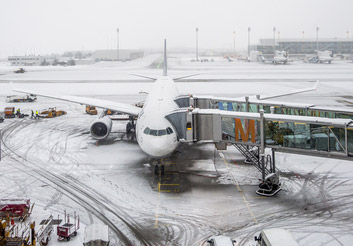

To ensure uninterrupted flight operations on the runways, taxiways and aprons, Munich Airport deploys up to 179 Winter Services employees with their special vehicles per shift. The two runways and the taxiways are constantly cleared of ice and snow by a total of 22 air blast sweepers, six snowploughs and other sprayers and grit spreading vehicles. It takes just 25 minutes to clear a runway at Munich Airport.
25 minutes to clear a runway at Munich Airport
The Munich Airport Winter Services can draw on a pool of 540 employees. A total of 47 permanent employees of FMG are scheduled to support the crews, mainly in management or supervisory roles. In addition, some 40 casual staff are hired in each winter period under seasonal contracts. Providing the human resources backbone of the airport’s Winter Services are some 390 farmers and truckers from the immediate vicinity of the airport. Working with more than 155 of their own vehicles, they are brought in to clear snow and transport it to dumping areas. The winter services fleet has approximately 196 vehicles for the non-public and public areas. The space to be cleared at Munich Airport amounts to over 4 million square metres: more than the total area of Munich’s spacious Englischer Garten Park.
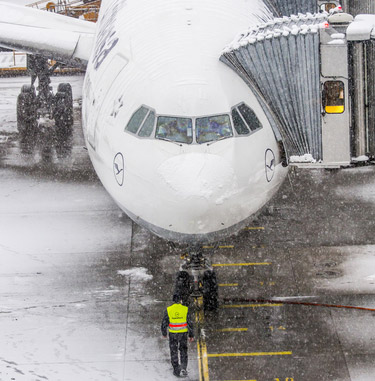

The Winter Services crews are put on the alert by the FMG Traffic Management Center, which is in charge of monitoring the condition of the airport’s operational areas around the clock. In addition to up-to-the-minute forecasts provided by the German Weather Service, the Traffic Management Center is supported by an ice detection early warning system that continually retrieves updated information from 18 measurement stations distributed across the airport. In addition, special vehicles continuously test the braking coefficients on each runway.
Mechanical removal of ice and snow instead of chemical methods
For environmental reasons, priority is given to mechanical removal of ice and snow as opposed to chemical methods. The spraying of a surface de-icing agent is necessary only when there is a risk of icing on flight operation areas. On some surfaces quartz sand is spread instead of de-icing agent. On both sides of the runway, the melting fluids are collected and channelled into holding basins via reinforced concrete gutters. From there they are pumped to a water treatment plant in Eitting.




